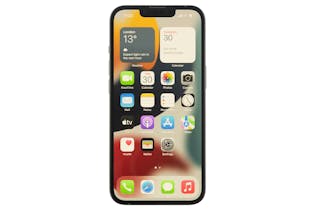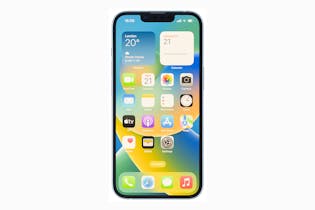The best cheap smartphones
Looking for a good mobile phone that’s also affordable? Whether you want a basic phone for calling and texting or a powerful, low-cost smartphone, here are the best phones for your budget.
We’ve broken down our comprehensive test data to highlight:
cheap phones that nail the basics
more versatile phones that still offer good value.
The best at the basics
For some people, a phone is a necessary evil. If all you need to do is call and text, you don't have to spend big bucks. We've found the best models for calling, ease of use and battery life priced at $500 or less.
We calculated a phone basics score, using the scores for battery life, calling and ease of use (which includes texting) from our full smartphone test.
Below, we list the phones priced under $500 that earn the highest scores.
While they’re good at making calls and sending messages, don’t expect these phones to be amazing at complex tasks like recording video or playing games.
The 8 best basic smartphones
Want to read the full article?
- Thousands of expert product/service reviews
- Personal support through our Consumer Rights Advice Line
- Premium articles and in-depth buying advice
- Add a Consumer magazine for even more exclusive content
The 5 best phones under $1,000
Want to read the full article?
- Thousands of expert product/service reviews
- Personal support through our Consumer Rights Advice Line
- Premium articles and in-depth buying advice
- Add a Consumer magazine for even more exclusive content

What about a refurbished phone?
Another great option for saving money on a phone is to buy second-hand. Here’s how to buy the best refurbished tech.
We've tested 187 mobile phones.
Find the right one for you.



Member comments
Get access to comment